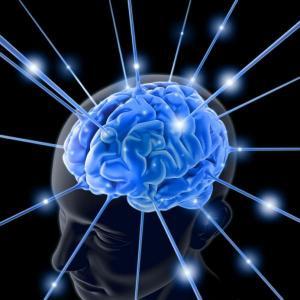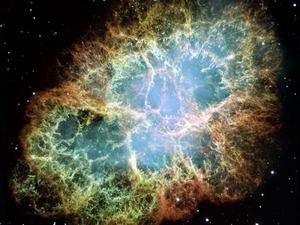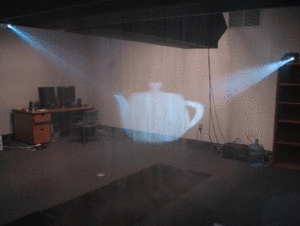Although the idea that instrumental learning can occur subconsciously has been around for nearly a century, it had not been unequivocally demonstrated. Now, a new study published by Cell Press in the August 28 issue of the journal
Neuron used sophisticated perceptual masking, computational modeling, and neuroimaging to show that instrumental learning can occur in the human brain without conscious processing of contextual cues.

|
| ©iStockphoto/Kiyoshi Takahase Segundo
|
| New research uses sophisticated perceptual masking, computational modeling, and neuroimaging to show that instrumental learning can occur in the human brain without conscious processing of contextual cues.
|
"Humans frequently invoke an argument that their intuition can result in a better decision than conscious reasoning," says lead author Dr. Mathias Pessiglione from the Wellcome Trust Centre for Neuroimaging at the University College London. "Such assertions may rely on subconscious associative learning between subliminal signals present in a given situation and choice outcomes." For instance, a seasoned poker player may play more successfully because of a learned association between monetary outcomes and subliminal behavioral manifestations of their opponents.
To investigate this phenomenon, Dr. Pessiglione and colleagues created visual cues from scrambled, novel, abstract symbols. Visual awareness was assessed by displaying two of the masked cues and asking subjects if they perceived any difference. "We reasoned that if subjects were unable to correctly perceive any difference between the masked cues, then they were also unable to build conscious representations of cue-outcome associations," explains Dr. Pessiglione.



